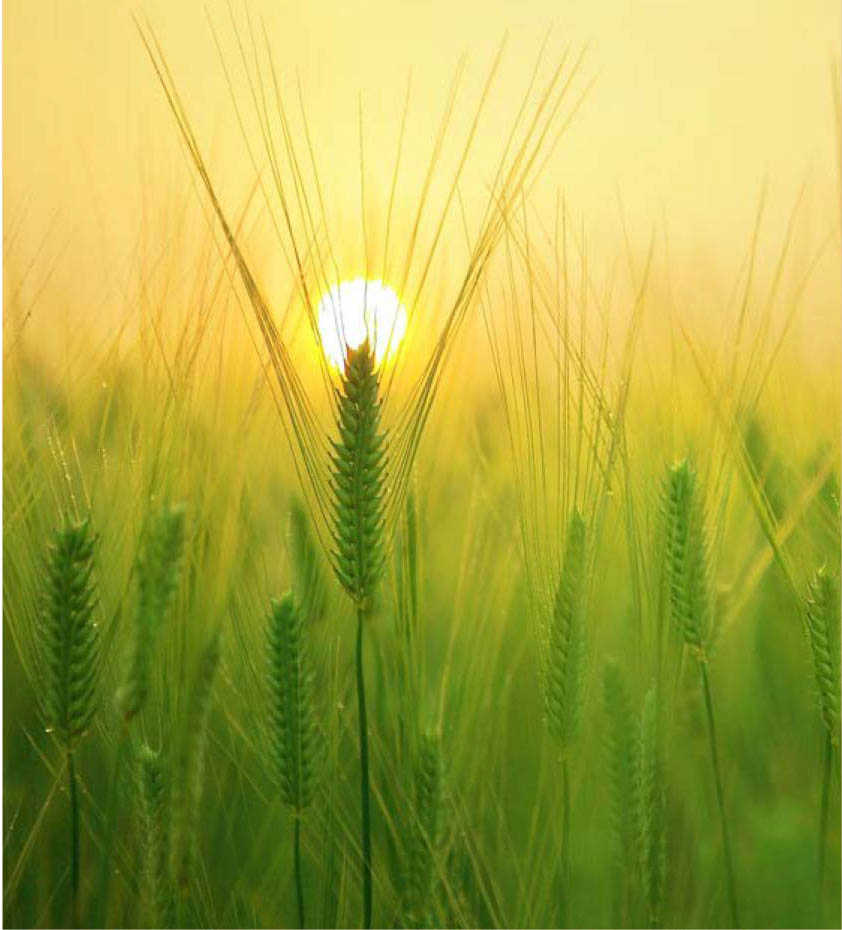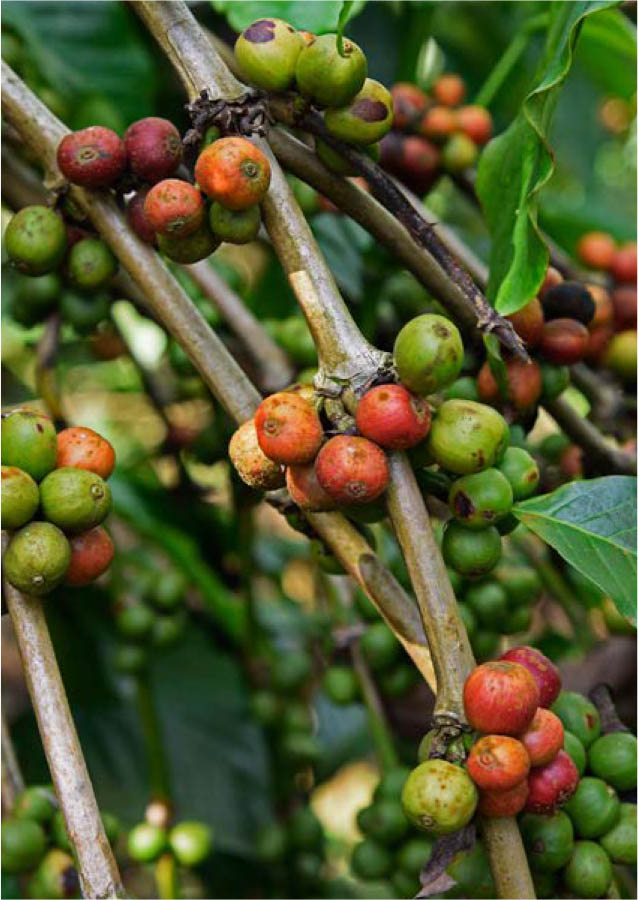3 Challenges Run Deep
3.4 Risk implications for land and water
For most common rainfed crops, some regions may benefit from climate change, as the area of suitable land will increase. Increasing temperatures will create options to expand cereal production northwards, benefiting Canada, Northern Eurasia, and parts of Oceania and Southern America. But some regions, such as Central Africa and Eastern Europe, will experience decreasing areas of suitable land, requiring cropping systems, land and water management practices, and integrated land-use systems that are better suited to the new agricultural conditions. Higher temperatures in the northern hemisphere and anticipated higher rainfall in some areas could allow the single-cropped area to increase by 9 751 000 km2 (20 percent) (from no cropping). Double cropping with rice could increase by 601 000 km2 (27 percent) and the potential area for triple rice cropping would be 910 000 km2 (34 percent).

However, the consequences for biodiversity loss, carbon sequestration and water services on existing cropped areas and frontier soils would not be trivial. Frontier soils alone are estimated to contain up to 177 billion tonnes of carbon, which might be subject to release, and watersheds serving over 1.8 million people could be affected by the cultivation of climate-driven frontiers.
Water scarcity increases agricultural production risks as water availability, storage and conveyance systems reach their design limits. In many areas with high water stress, farmers manage their production risks by abstracting shallow groundwater for irrigation; in some cases, they use non-renewable groundwater. However, competition for diminishing high-quality groundwater is intensifying as aquifers suffer from over-abstraction and saline intrusion. Many aquifers also suffer from agricultural and industrial pollution.
Climate change increases drought risk by increasing the frequency and magnitude of extreme weather events, it changes the average climate conditions and climate variability, and it generates new threats in regions that may have little experience of dealing with drought. Droughts are slow to develop and not easily recognized at first, but they can quickly become a crisis when severe and damaging impacts emerge that are widespread and have underestimated impacts on societies, ecosystems and economies.
Due to low rainfall and changes in seasonal water availability, agricultural drought has particularly negative impacts on food security because of reduced crop yields, affected rangeland and forest productivity, and increased fire hazards. It especially affects smallholder families who do not have access to adequate water collection or irrigation services, and may lead to competition over diminishing resources.
Water pollution from agriculture is proliferating, as is pollution from domestic and industrial processes. New and emerging pollutants are adding to clean-up costs and challenging technological solutions for land and lacustrine and nearshore marine environments.
Drylands are at risk from a wide range of complex issues including unsustainable farming methods, overgrazing of rangelands, deforestation and climate change. These are compounded by socio-economic and governance issues such as inadequate investment, loss of indigenous knowledge and civil strife. Yet, drylands account for 15 percent of the world’s river basins and support the livelihoods and food security of some 2.1 billion people.
The operational question for agriculture is complex. The sector should ask if the risks to food production can be reduced by changing agricultural land and water management practices for productive and resilient agricultural systems while reducing adverse impacts on livelihoods, human health and ecosystem services.
POTENTIAL FUTURE IMPACTS OF CLIMATE CHANGE ON CROPPING AND LAND MANAGEMENT
Higher levels of carbon dioxide concentrations suggest a shift may be needed in land-use patterns and land management to maintain/enhance crop productivity.
Increasing temperatures would improve options for expanding cereal production to higher latitudes, benefiting especially Canada and Northern Eurasia. However, in other areas, such as the highly productive wheat areas in Central and Eastern Europe, it is likely to decline.
Increasing temperatures may adversely affect traditional cash crop production, such as coffee in Brazil and West Africa, and olives in the Maghreb. However, better growing conditions for coffee may occur in other areas such as Eastern Africa.
Alternative crops and changes in management practices, including technology transfer programmes, will be needed in some regions where farmers are forced to change their traditional cropping patterns.
Crop production in many areas would benefit from adopting higher inputs and improved crop management.
Climate change may bring opportunities for increasing multiple rainfed cropping, particularly in the tropics and parts of the subtropics.
Increasing investment in germplasm and seed exchange among ecoregions and crop breeding for tolerant traits will be crucial in developing crops and varieties that can withstand future changes in temperature, soil moisture supply, salinity, wind speed and evaporation.
For those areas where the climate becomes marginal for current staple and niche crops, there are alternative annual and perennial tree crops, livestock and soil and water management options available. Experiences from similar ecoregions and other socio-economic contexts should be analysed to guide how the land is best used in the future.
Socio-economic and ecological conditions will essentially determine the feasibility and justify investing in the most-appropriate adaptations. Such analysis and scenario development are essential elements of land-use planning, as are participatory approaches that involve all stakeholders, notably farmers, pastoralists, and fishers and foresters and their rural communities, and other users of the land and water resources (in aquaculture, beekeeping, greenhouse use, carbon manufacture and sand mining).


